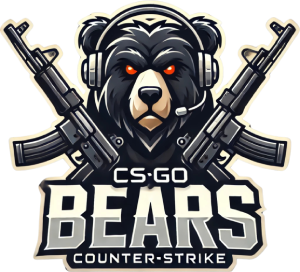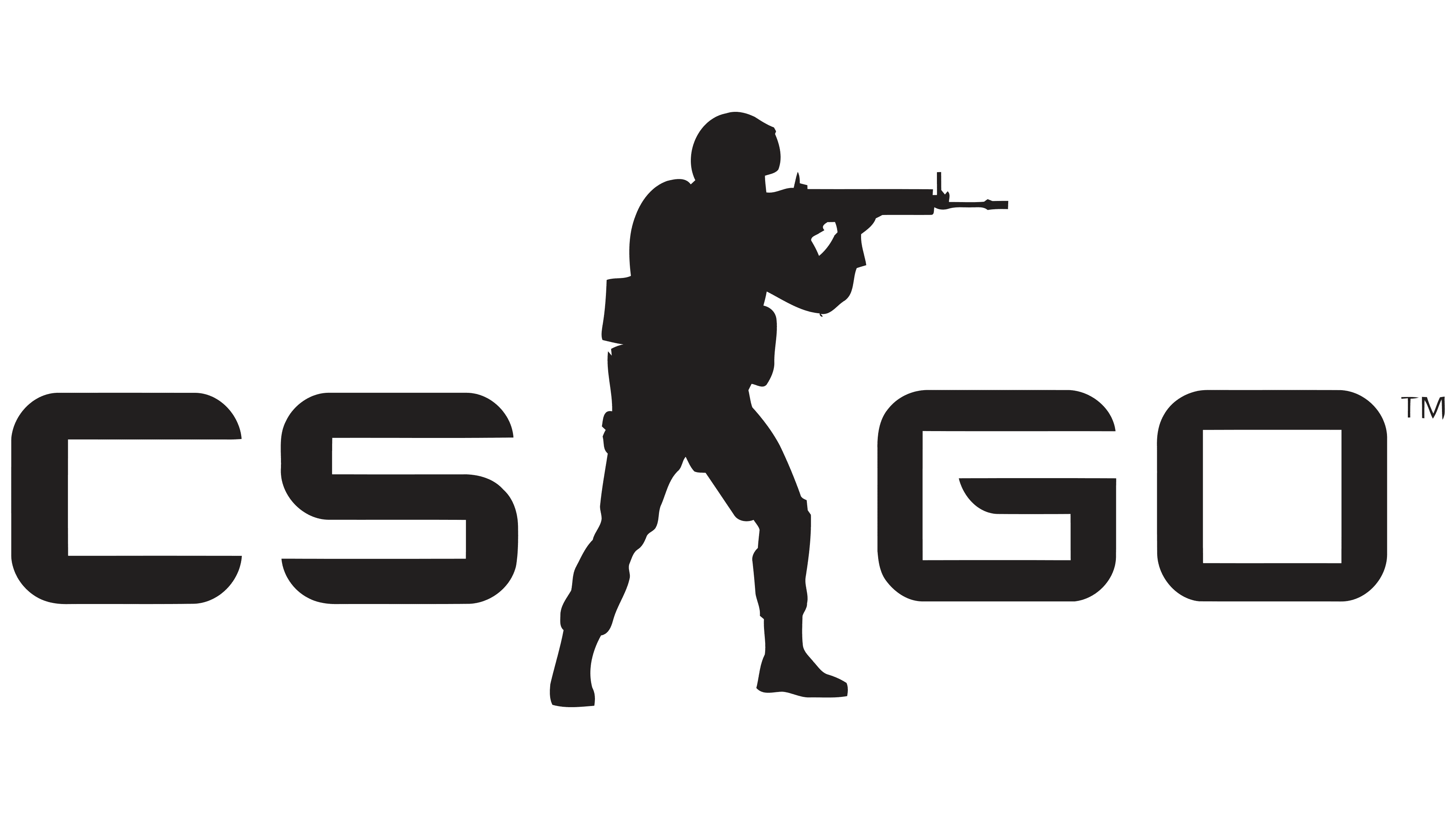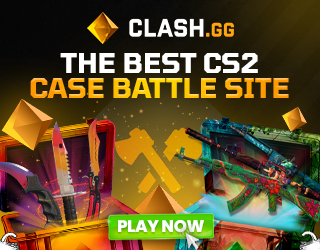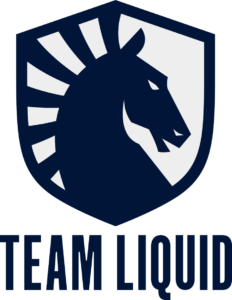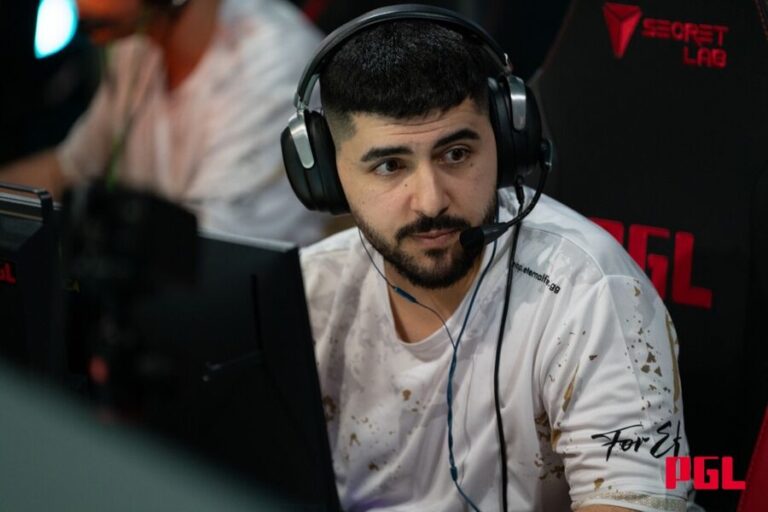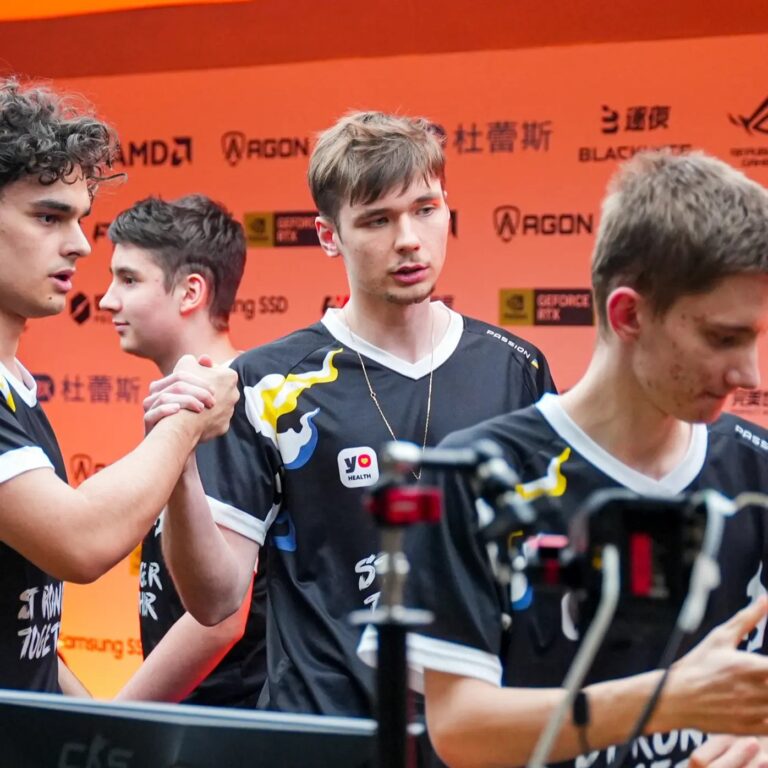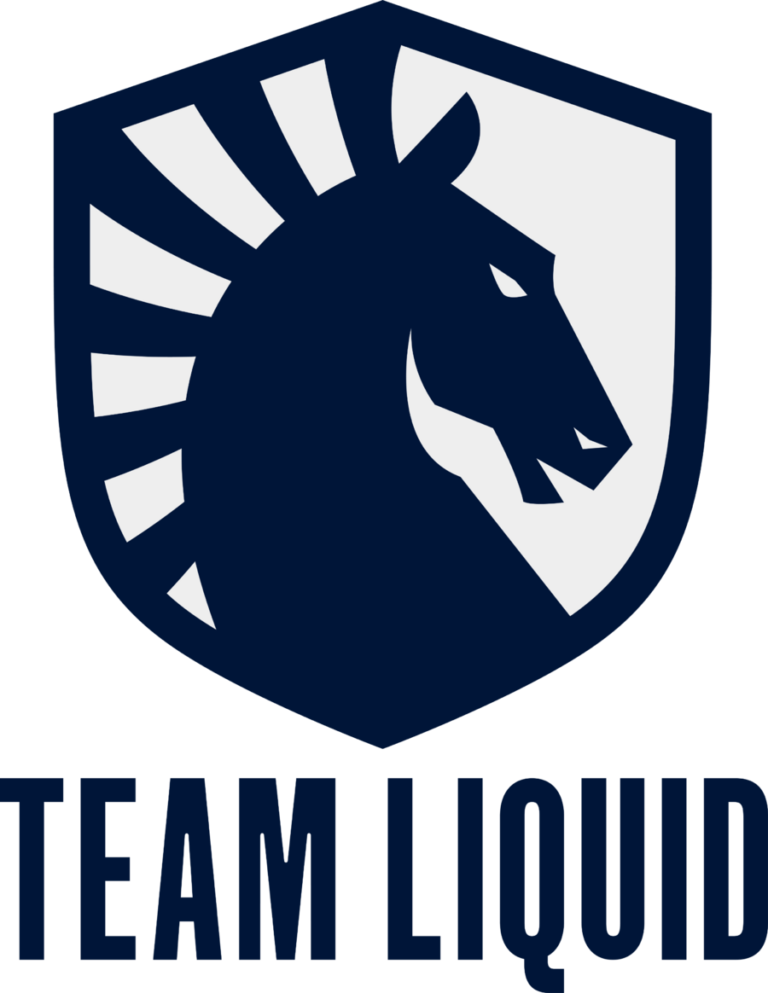Counter-Strike: Global Offensive (CS:GO) has been a cornerstone of the gaming world since its launch, building on the legendary Counter-Strike series. With its tactical gameplay and constant updates, CS:GO has stayed in the spotlight for over a decade. It’s no surprise that Counter-Strike news often highlights the game’s latest updates, esports milestones, and growing community.
In this article, we’ll dive into CS:GO’s history, from its release to its rise as a competitive gaming icon. Whether you’re a seasoned player or just curious, you’ll see why this game has stood the test of time.
Origins of CS:GO
The roots of Counter-Strike: Global Offensive (CS:GO) trace back to the earlier titles in the Counter-Strike series, which revolutionized the multiplayer FPS genre. The original Counter-Strike, released as a Half-Life mod in 1999, captivated players with its simple yet tactical gameplay. Over time, Counter-Strike: Source, launched in 2004, refined the series’ mechanics with better graphics and smoother gameplay. Both games set the stage for CS:GO’s eventual development.
By 2010, Valve recognized that Counter-Strike needed an overhaul to compete with modern FPS titles. Teaming up with Hidden Path Entertainment, Valve initially set out to create a port of Counter-Strike: Source for consoles. However, the project evolved into a completely new game. The developers sought to retain the series’ core identity while modernizing its visuals, mechanics, and accessibility.
Valve and Hidden Path Entertainment took inspiration from fan feedback and competitive players, ensuring the game would cater to a growing esports community. From the outset, the game was designed to support competitive play with dedicated servers, ranking systems, and a skill-based matchmaking feature.
When Did CS:GO Officially Released?
Counter-Strike: Global Offensive was officially released on August 21, 2012, following an extensive beta testing phase that began in late 2011. During this beta period, Valve worked closely with players, gathering feedback on everything from weapon balancing to map design. This collaborative approach launched the game with a refined and polished feel.
The release was a significant moment for FPS fans. Available on Windows, macOS, Xbox 360, and PlayStation 3, CS:GO was one of the first Counter-Strike games designed for PC and consoles. This cross-platform approach helped broaden its audience, introducing the series to players who might not have experienced it before.
At launch, the game retained classic modes like Bomb Defusal and Hostage Rescue, which fans of earlier titles loved. Iconic maps such as Dust II, Inferno, and Nuke were revamped to take advantage of improved graphics and mechanics, ensuring they remained central to the gameplay experience. The result was a nostalgic and fresh title, securing its place as a mainstay in the FPS genre.
Over a decade later, its sequel, Counter-Strike 2 (CS2), was released on September 27, 2023, finally answering the long-asked question about the CS2 release date and bringing modern enhancements to the classic Counter-Strike formula.
Gameplay Mechanics and Strategies
CS:GO isn’t just a shooter; it’s a tactical battlefield where every decision matters. Unlike many FPS games that reward fast reflexes alone, CS:GO emphasizes strategy, precision, and teamwork. This unique focus set it apart from its contemporaries and solidified its appeal to players seeking a more cerebral challenge.
Key Gameplay Elements:
- Weapon Handling: Each firearm in CS:GO has unique recoil patterns and firing characteristics. Mastering these nuances is crucial for landing accurate shots, particularly in high-stakes situations.
- Economy Management: CS:GO introduced an in-game economy system that forces players to make strategic decisions about weapon purchases. A team that spends recklessly risks being outgunned in later rounds.
- Team Roles: Success in CS:GO often depends on defined roles within a team. Players take on specific tasks, such as entry fragging, sniping, or supporting, to maximize their effectiveness.
The game’s ranking system further refined the competitive experience. Matching players of similar skill levels created a fair and challenging environment where players could test and improve their abilities.
Updates and Changes
One of CS:GO’s defining features is its commitment to evolution. Valve has continuously updated the game to keep it fresh, introducing new content, fixing bugs, and adjusting mechanics. This approach has allowed CS:GO to remain relevant more than a decade after its release.
The introduction of Operations in 2013 marked a turning point. These seasonal events brought new maps, challenges, and modes, encouraging players to engage with the game innovatively. Later, the 2018 Danger Zone update introduced a battle royale mode, demonstrating Valve’s willingness to experiment with trending gameplay styles.
Valve also revolutionized in-game economies with the Arms Deal update, which introduced weapon skins. These cosmetic items allowed players to personalize their load-outs and created a thriving marketplace within the game. The popularity of skins has persisted, with rare items fetching thousands of dollars.
From Humble Beginnings to Esports Glory
Few games can claim the competitive success that CS:GO has achieved. What began as a casual multiplayer shooter has become a global esports phenomenon, attracting millions of viewers and offering prize pools that rival traditional sports.
The Rise of CS:GO Esports
In its early days, CS:GO saw small, community-organized tournaments. However, as the game’s player base expanded, so did its competitive scene. Events like the CS:GO Majors, backed by Valve, offered substantial prize pools and showcased top-tier talent.
Prominent teams such as Fnatic, Astralis, and Natus Vincere became icons of the esports world, thrilling fans with their skill and strategy. Today, CS:GO tournaments are broadcast globally, drawing millions of viewers.
CS:GO’s Legacy
Over a decade after its release, CS:GO remains a cornerstone of the FPS genre. Its longevity can be attributed to developer support, an engaged community, and the game’s timeless appeal.
The weapon skins economy, initially a novelty, evolved into a defining feature of the game. Players eagerly hunt for rare items, creating a secondary market that blurs the line between gaming and commerce. This feature adds depth to the game and demonstrates how CS:GO continues to innovate.
Valve’s commitment to improvement ensures that CS:GO stays relevant in an ever-changing gaming landscape. Its enduring popularity proves that a well-designed game can stand the test of time.
Most Popular CS:GO Events
The competitive scene in CS:GO thrives on its major tournaments, which have become highlights of the gaming calendar. Events such as IEM Katowice and ESL One Cologne showcase the very best players, offering unforgettable moments and dramatic storylines.
Top CS:GO Events:
- IEM Katowice: This event is a favorite among players and viewers alike. It is known for its passionate fanbase and legendary matches.
- ESL One Cologne: Dubbed the “Cathedral of Counter-Strike,” it is one of the most prestigious events in CS:GO esports.
- CS:GO Majors: Valve-sponsored tournaments featuring the largest prize pools and the highest stakes in the game.
These tournaments provide entertainment and inspire the next generation of players, ensuring CS:GO’s legacy lives on.
Conclusion
CS:GO’s journey from its 2012 release to becoming a global esports icon is a testament to its timeless design and passionate community. Valve’s dedication to innovation has kept the game fresh while its players have elevated it to legendary status. For millions, CS:GO is more than a game—it’s a legacy of skill, strategy, and camaraderie that continues to define competitive gaming.
To keep up with the latest happenings in the world of Counter-Strike, check out our event news section for real-time updates on tournaments, matches, and key moments from CS:GO and CS2.
